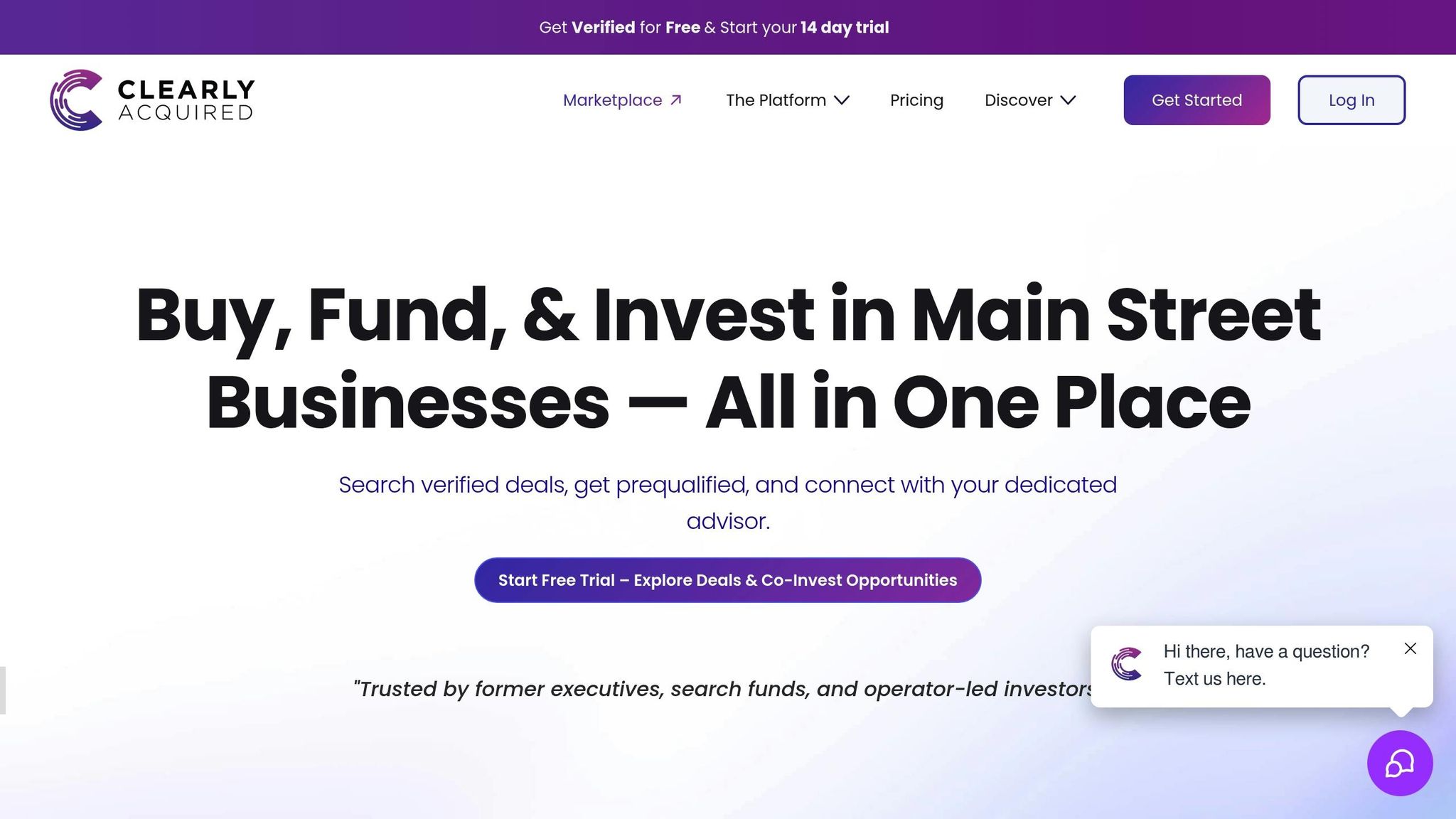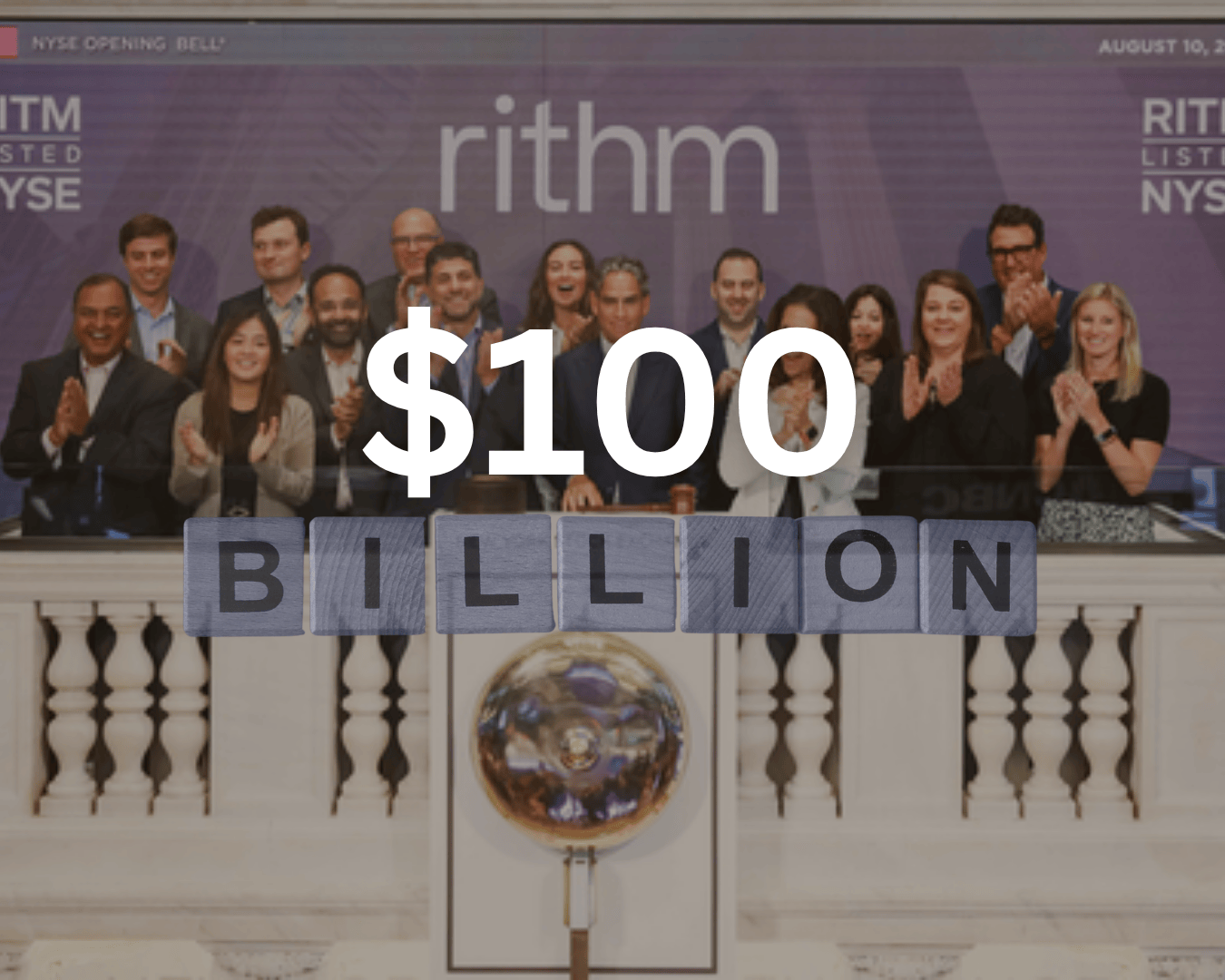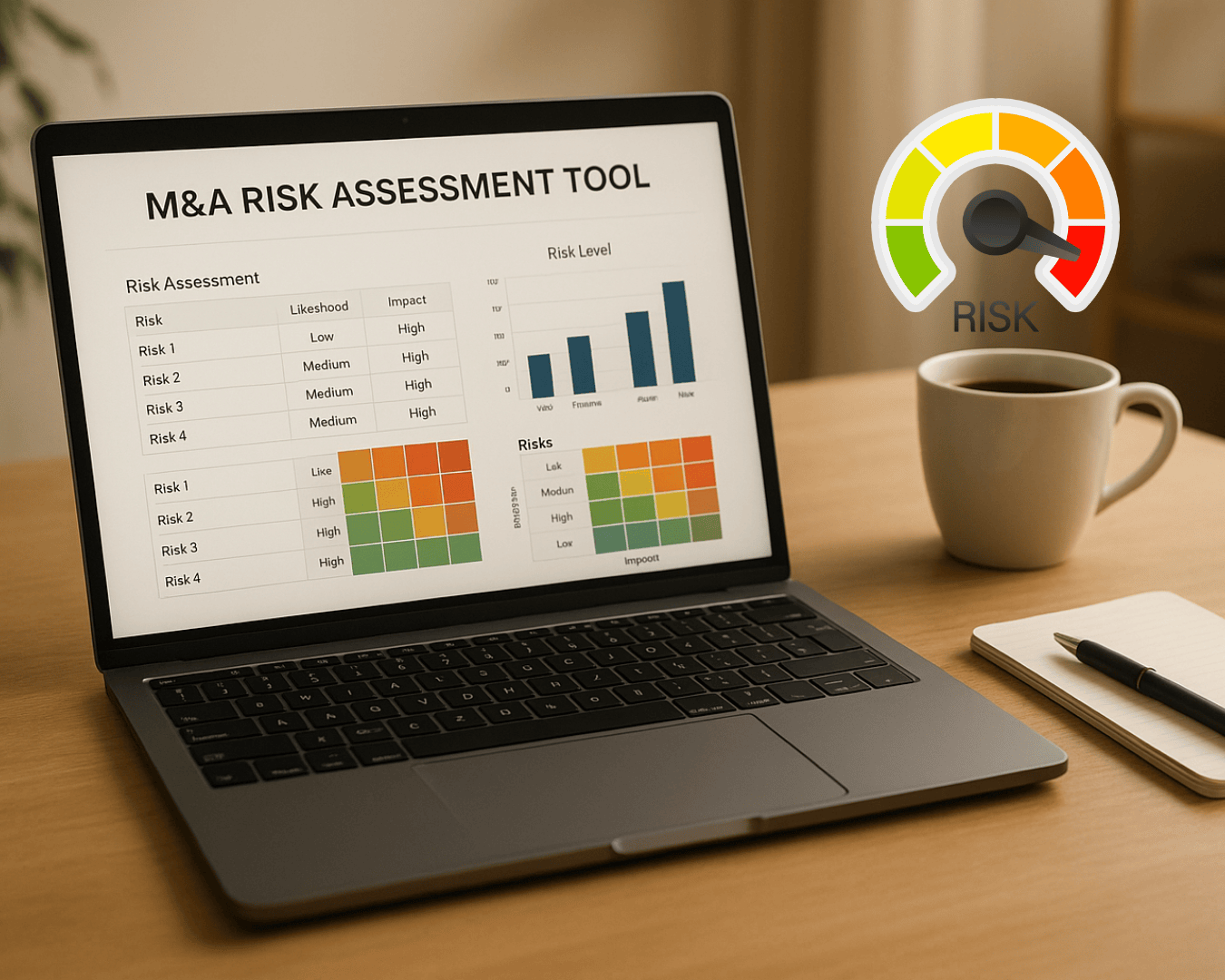When acquiring a business, understanding customer base overlap is key. It reveals how much the two companies share the same customers, which impacts cost savings, revenue growth, and potential risks like sales cannibalization. Here's how to analyze it:
- Collect Data: Focus on basic details (e.g., names, locations), interaction patterns, purchasing behavior, and customer opinions.
- Segment Customers: Group them by demographics, geography, behavior, and preferences to identify overlaps and opportunities.
- Measure Overlap: Use methods like exact customer matching, segment-level analysis, geographic overlap, or product-customer overlap.
- Interpret Results: High overlap can simplify cross-selling but may limit market expansion. Low overlap offers growth potential but requires more effort to integrate.
Overlap analysis helps guide acquisition planning, uncover growth opportunities, and manage risks effectively. By combining clear data collection, segmentation, and measurement, you can make smarter decisions and ensure smoother integration.
How to Execute Product-Based Acquisitions | Andrew Morbitzer w/ Kison Patel
Data Collection and Preparation
The backbone of any successful customer overlap analysis is precise data collection and preparation. Without accurate and well-organized data, the results of your analysis may be unreliable. This stage requires careful planning and a methodical approach to gather information from both companies involved in the acquisition. Let’s break down the key types of data, tools, and compliance measures essential for effective analysis.
Types of Data to Collect
To evaluate customer overlap, focus on collecting four key types of data.
- Basic data: This includes fundamental details like names, gender, location, and contact information. For B2B acquisitions, add firmographic details such as company size, industry, and annual revenue. These elements help build comprehensive customer profiles, making it easier to compare customer bases.
- Interaction data: This captures how customers engage with each business. Examples include product usage patterns, purchasing habits, ad clicks, social media interactions, website visits, and support ticket histories. These insights pinpoint valuable customers and their preferred ways of interacting with the brand.
- Behavioral data: This dives deeper into customer actions, such as free trial sign-ups, account login frequency, email engagement, and shopping behaviors like abandoned carts or popular product choices.
- Attitudinal data: This reflects customers' opinions and feelings about the companies. It’s gathered through surveys, interviews, focus groups, and review platforms. While harder to quantify, this data offers a glimpse into customer satisfaction and loyalty - key factors for predicting retention after an acquisition.
Together, these data types provide a strong foundation for understanding customer overlap and identifying opportunities for growth.
Data Collection Tools and Methods
The tools you use to gather data can significantly impact the quality and efficiency of your analysis. Here are some common sources:
- Customer Relationship Management (CRM) systems: Platforms like Salesforce allow you to export structured customer data, including contact details, purchase histories, and interaction logs.
- Point-of-sale (POS) systems: Tools like Square capture transactional data, including purchase amounts, product preferences, and seasonal trends - particularly useful for retail or restaurant acquisitions.
- Email marketing platforms: These systems store engagement metrics such as open rates, click-through rates, and unsubscribe patterns, providing insights into customer interaction with campaigns.
- Web analytics tools: Google Analytics, for example, tracks online behavior, including visit patterns, conversion paths, and device preferences.
- Financial systems: Accounting software holds revenue data, payment histories, and customer lifetime value metrics, helping assess the financial impact of customer overlap.
Once data is collected, ensure it’s stored in a centralized system, such as a CRM, with consistent formatting and proper deduplication. This organization simplifies the segmentation and overlap analysis process.
Data Privacy and Compliance Requirements
Handling customer data comes with significant responsibilities, especially given the complex web of privacy laws in the United States. Unlike the European Union's GDPR, U.S. regulations vary by sector and state.
At the federal level, laws like the Privacy Act of 1974, HIPAA (for healthcare), GLBA (for financial services), and COPPA (for children's data) govern specific types of information. On the state level, California’s Consumer Privacy Act (CCPA) and Privacy Rights Act (CPRA) set some of the strictest standards, particularly for businesses dealing with California residents.
Why does this matter? A staggering 76% of consumers avoid companies with poor data practices. To maintain trust and compliance:
- Limit data collection: Only gather what’s necessary for your analysis to reduce risks and respect privacy.
- Control access: Clearly define who can view, modify, or share data during the analysis process.
- Be transparent: Use accessible language in privacy policies to explain data collection practices, and obtain proper consent. While CCPA/CPRA generally follows an opt-out model, explicit consent can reinforce trust.
- Document processes: Keep detailed records of what data was collected, how it was obtained, who has access, and how long it will be retained. Regular audits can uncover vulnerabilities and ensure compliance.
Employee training is another critical step. Equip your team with the knowledge to handle data responsibly and avoid accidental exposure. Additionally, have an incident response plan ready to address any data security issues swiftly.
Customer Segmentation for Overlap Analysis
Once your data is well-organized, segmentation becomes the key to uncovering meaningful patterns in customer overlap. By grouping customers into actionable categories, you can pinpoint overlaps and identify valuable opportunities.
Seventy-one percent of consumers now expect businesses to deliver personalized interactions. This expectation goes beyond marketing - it’s about how well companies understand and serve their customers. Segmentation helps you determine which customer groups hold the most value, where overlaps occur between companies, and where untapped opportunities might exist.
Segmentation Criteria
For segmentation to be effective, it must meet five key principles: measurable, accessible, substantial, differentiable, and actionable. These principles ensure your efforts lead to insights that drive decisions, not just interesting data.
- Demographics are often the starting point. For B2C businesses, this includes factors like age, gender, income, and education. In B2B scenarios, focus shifts to company size, industry, annual revenue, and employee count - key indicators of purchasing power and decision-making processes.
- Geographic segmentation is especially useful for understanding regional economic differences and preferences. A customer in New York City will have different spending habits than one in rural Montana.
- Behavioral segmentation delivers some of the most actionable insights. This includes metrics like purchase frequency, average order value, and engagement levels. For instance, a customer who shops monthly and engages with email campaigns represents a distinct group compared to someone who shops once a year and ignores outreach.
- Psychographic factors delve into attitudes, values, and lifestyle choices. While harder to measure, these insights can predict behavior. For example, environmentally conscious customers may respond better to sustainability-focused messaging than price-driven buyers.
Every segment should tie directly to purchasing behavior. Segments based on arbitrary traits, like color preferences, are only useful if they influence buying decisions.
Segmentation Methods
Several tried-and-true methods can help you create meaningful customer segments.
- RFM Analysis: This method evaluates customers based on Recency (last purchase date), Frequency (how often they buy), and Monetary value (how much they spend). It’s a quick way to identify your top-tier customers and those at risk of churning. For example, customers with high scores in all three areas are your "Champions", while those with strong monetary and frequency scores but low recency are "At Risk" and may need re-engagement.
- Geographic Clustering and Industry-Based Segmentation: Geographic clustering groups customers by regions like ZIP codes or states, revealing market concentration patterns. Industry-based segmentation uses NAICS codes to categorize business customers, making it easier to identify which industries contribute the most revenue.
- Behavioral Cohorts: These group customers based on their actions or engagement patterns. Examples include "Email Engaged" (regularly opens emails), "Mobile-First" (primarily uses mobile apps), or "Seasonal Buyers" (purchases during specific times). These cohorts help predict how customers might react to changes after an acquisition.
To keep things manageable, aim for 3-8 segments. Each segment should be distinct, with no overlap, ensuring every customer fits into one clear category.
Visualizing Segment Data
Turning segmentation data into visuals makes it easier to spot patterns and take action. Here are some effective tools:
- Heat Maps: Use these to show customer density or revenue contribution across states or regions. A heat map can quickly highlight areas of geographic overlap between companies.
- Bar Charts: Compare segment sizes side by side. For instance, you can visualize customer distribution across categories like "High Value", "Medium Value", and "Low Value" to identify where overlaps and opportunities exist.
- Scatter Plots: Ideal for behavioral segmentation, particularly RFM analysis. Plot customers along axes like frequency and monetary value, using point size to represent recency. This creates clusters that make it easy to identify key segments.
- Geographic Mapping Tools: Plot customer locations on a map, using colors or symbols to represent different companies. Overlapping areas stand out, while gaps point to potential expansion opportunities.
"At its core, segmentation allows us to meet customers where they are in their buying journey, tailoring our communication and support to drive both satisfaction and loyalty." - Windy Pierre, eCommerce Growth Marketer
Another useful approach is to create comparison tables for segments. Include metrics like segment size, average customer value, geographic concentration, and key characteristics. This format makes it easy to compare segments across companies and pinpoint the most promising overlap opportunities.
The Direct Marketing Association highlights the power of segmentation, noting that segmented email campaigns can boost revenue by as much as 760% compared to non-segmented campaigns. This underscores the importance of segmentation - it’s not just about organizing data but about driving better results through targeted strategies.
These visual tools and methods lay the groundwork for analyzing customer overlap in greater depth.
Measuring Customer Base Overlap
Once segmentation is complete, the next step is to quantify the overlap between customer bases. This helps gauge the potential value of an acquisition and shapes the integration approach.
Methods for Measuring Overlap
Exact Customer Matching is the most precise way to measure overlap. It involves identifying identical customers across both companies. For consumer-focused businesses, this typically means matching email addresses, phone numbers, or full names with addresses. In business-to-business scenarios, identifiers like Tax ID numbers, DUNS numbers, or company names paired with addresses are used. This method depends on clean, standardized data and may miss matches if customer details vary slightly.
Segment-Level Overlap looks at broader customer groups instead of individual matches. For instance, one company’s high-value customers might overlap with another’s premium segment. This approach highlights larger market trends and strategic opportunities, especially when exact matches are limited.
Geographic Overlap measures shared service areas. By analyzing overlapping ZIP codes, counties, or metro areas, companies can calculate overlap percentages. For example, if one company operates in 150 ZIP codes and the other in 200, with 75 in common, the overlap can be assessed from both perspectives.
Product-Customer Overlap Analysis takes a deeper dive, examining customer bases alongside product usage. This method provides a clearer picture of how customers engage with offerings, making it especially useful for major acquisitions.
"The main reason is that companies try to take only a customer overlap view rather than taking a product-customer overlap view. The tool that we have shared in this article gives a simple and easy way to map the customer-product overlap."
Each method offers a unique perspective, helping businesses understand their overlap and its implications for acquisition strategies.
Comparison of Overlap Methods
| Method | Accuracy | Complexity | Data Requirements | Best Use Case |
|---|---|---|---|---|
| Exact Customer Matching | Very High | Low | Clean contact data, unique identifiers | Direct customer overlap measurement |
| Segment-Level Overlap | Moderate | Medium | Segmented customer data | Strategic market overlap analysis |
| Geographic Overlap | High | Low | Location data | Territory expansion planning |
| Product-Customer Overlap | High | High | Product usage and customer data | Comprehensive acquisition strategy |
Exact Customer Matching stands out for its accuracy but relies on flawless data. While simple to execute, it might undercount overlap if customers use different details across companies.
Segment-Level Overlap strikes a balance, offering insights into market trends without requiring exact customer matches.
Geographic Overlap combines high accuracy with minimal complexity, making it a good starting point. However, it assumes proximity translates directly to customer overlap, which isn’t always the case.
Product-Customer Overlap delivers the most detailed insights but requires advanced data analysis. It’s particularly valuable for assessing strategic alignment in large-scale acquisitions.
These methods help classify overlap levels, which is key to shaping an effective integration strategy.
How to Interpret Overlap Results
The level of customer overlap provides critical guidance for integration strategies:
High Overlap (60%+) comes with both opportunities and challenges. It offers immediate access to customers already familiar with similar products, simplifying cross-selling efforts. For example, retaining just 5% more customers can increase profits by over 25%. However, high overlap may limit access to new markets, making seamless integration essential to avoid customer confusion or attrition.
Moderate Overlap (20-60%) is often ideal. It allows for a mix of familiar customers and new segments, balancing retention and growth. With over 90% of companies running loyalty programs, this overlap level enables leveraging existing relationships while building new ones. Referral programs, for instance, can accelerate revenue growth by 86%.
Low Overlap (Under 20%) signals access to entirely new customer segments, offering significant growth potential. However, this also means greater integration challenges, as companies must invest more effort in understanding and serving unfamiliar groups.
To further refine strategies, consider the customer-product overlap quadrant:
| Quadrant | Customer Overlap | Product Overlap | Strategy |
|---|---|---|---|
| Consolidation | High | High | Streamline operations for efficiency |
| Product Rationalization | Low | High | Simplify and optimize product offerings |
| Portfolio Solution | High | Low | Develop a combined product/service portfolio |
| Preserve | Low | Limited | Maintain separate operations or innovate |
Reputation management is also critical - 98% of customers read reviews before making a purchase. If overlapping customers are concentrated in specific areas, integration efforts and marketing can be localized for efficiency. Conversely, a dispersed overlap may require broader, more resource-intensive strategies.
Finally, weigh customer lifetime value against acquisition costs. High-value overlapping customers might justify aggressive retention efforts, while lower-value overlap could signal a need for operational improvements.
sbb-itb-a3ef7c1
Using Overlap Analysis for Acquisition Planning
Once you have a clear understanding of customer overlap, the next step is to turn that insight into a solid acquisition plan. Overlap analysis can guide key aspects of the acquisition process, from evaluating a deal's worth to planning integration strategies and identifying growth opportunities. By leveraging these insights, businesses can improve their chances of a successful acquisition.
Using Overlap for Growth Opportunities
Overlap analysis can uncover opportunities for growth in several ways. For instance, when customers already use similar products or services, it becomes much easier to introduce complementary offerings through cross-selling or upselling. It can also highlight geographic opportunities for expansion. For example, regions with minimal overlap can serve as fertile ground for market entry - particularly for service-oriented businesses where having a local presence is essential.
Additionally, overlap analysis can expose gaps in the product lineup. These gaps represent opportunities to refine the combined company's offerings, making it possible to meet customer needs more effectively and increase customer lifetime value.
Managing Overlap-Related Risks
While overlap analysis can reveal opportunities, it also brings potential risks to the surface. One major concern is customer attrition. When customers see similar services coming from both companies during the integration process, they may become confused or dissatisfied, prompting them to look elsewhere. Studies indicate that M&A failure rates range between 50% and 80%, with only 14% reporting successful integrations. These figures highlight the importance of addressing overlap-related risks carefully.
Another challenge is market cannibalization. If overlapping customer bases lead to internal competition between sales teams or conflicting product offerings, it can dilute market share. Operational redundancies also need to be managed thoughtfully to avoid service gaps. And then there’s the issue of talent retention - overlapping roles can create uncertainty, making it vital to hold onto key employees who understand the customer base and can navigate the transition effectively.
Integration Planning and Execution
A phased approach to integration often works best for tackling these challenges. For example, companies can start by integrating back-office operations while keeping customer-facing functions separate for a time. This approach helps maintain strong customer relationships as the company works toward operational efficiencies. It's worth noting that 83% of M&A professionals cite integration challenges as a leading cause of deal failures.
Clear communication with customers is another critical piece of the puzzle. Customers who interact with both companies need straightforward updates on how the acquisition will affect their services. Without this, confusion can lead to attrition. On the technical side, system integration must address issues like duplicate records, conflicting formats, and varied service histories. A well-crafted IT roadmap can help prevent data loss and minimize disruptions.
Ongoing performance monitoring and change management are essential for spotting potential issues early and keeping employees engaged. Balancing resources during the integration process is also crucial to ensure that daily operations remain smooth while the merger progresses. These steps build on the insights gained from overlap analysis, setting the stage for a seamless transition post-acquisition.
How Clearly Acquired Supports Overlap Analysis

Clearly Acquired offers a suite of tools and services designed to simplify overlap analysis and integration planning. Their AI-powered due diligence tools automate data collection and standardization from multiple sources, making it easier to identify overlap patterns early in the process. This saves time and ensures more accurate results.
The platform also provides verified deal flow, meaning acquisition targets come with clean and reliable customer data. This reduces the complexity of overlap analysis and allows teams to focus on strategy. Clearly Acquired’s deal management hubs serve as a centralized space for organizing analysis results, integration plans, and communication strategies. Custom dashboards further enhance this process by allowing teams to track overlap metrics alongside other key deal factors, creating a comprehensive view of the acquisition's value.
For teams looking for expert guidance, Clearly Acquired offers buy-side advisory services. These advisors help interpret overlap analysis results and turn them into actionable strategies, drawing on their extensive experience with Main Street acquisitions. Additionally, the platform features secure, AI-enhanced private data rooms for safely sharing overlap data with stakeholders, lenders, and integration teams.
To support post-acquisition efforts, Clearly Acquired provides financing options like SBA loans, commercial loans, and lines of credit tailored to integration needs. Their educational resources also offer practical advice on overlap analysis and integration best practices, helping teams sidestep common challenges and make the most of their acquisition.
Key Takeaways
Understanding customer base overlap is a key factor in making acquisitions work. It involves several steps: collecting data, segmenting it, measuring overlap, and using the insights for strategic planning.
The process starts with collecting clean, standardized customer data. This step must comply with privacy laws to ensure accuracy and legality. If the data is messy or incomplete, the entire analysis can fall apart.
Once the data is solid, segmentation transforms it into meaningful insights. Customers are grouped based on factors like demographics, buying habits, location, and value tiers. This makes it easier to see patterns and trends in the customer base.
Next comes measuring the overlap. This step uses quantitative methods to determine how much the two customer bases intersect. It’s not just about the numbers - it’s about understanding the financial impact of that overlap. These measurements are essential for evaluating the deal's value and potential risks.
Finally, the insights feed directly into acquisition planning. This stage focuses on integration, cross-selling opportunities, and minimizing risks. A detailed overlap analysis helps improve customer retention, drive growth, and ensure a smoother transition during integration. These insights are crucial for making informed decisions about how to combine the two businesses effectively.
FAQs
How can businesses ensure data privacy and compliance when analyzing customer overlap during acquisitions?
To protect data privacy and stay compliant during customer overlap analysis, businesses need to start by understanding and following the applicable federal and state privacy laws related to data protection and security. This means implementing robust security measures like encryption, access controls, and secure storage to keep sensitive information safe.
It's also crucial to set up clear policies for managing, tracking, and reporting data usage. Maintaining thorough records of privacy-related requests and aligning with industry standards can help minimize risks and ensure legal compliance. Taking these proactive steps not only reduces potential liabilities during acquisitions but also helps establish trust with stakeholders.
What are the best strategies to manage overlapping customer bases and avoid market cannibalization after an acquisition?
To handle overlapping customer bases and avoid market cannibalization after an acquisition, it's crucial to prioritize product differentiation and market segmentation. Clearly outline what makes each product unique and target specific customer groups. This approach helps reduce overlap and increases the value you deliver to your audience.
You might also want to explore adjusting pricing strategies or timing product launches thoughtfully. These tactics can help balance customer demand and maintain steady revenue streams. By thoroughly understanding your customers' needs and aligning your approach, you can promote steady growth while minimizing the challenges that come with overlapping markets.
How does customer segmentation help uncover growth opportunities during an acquisition?
The Role of Customer Segmentation in Acquisitions
Customer segmentation is a key strategy for spotting growth opportunities during acquisitions. By grouping customers based on common traits - like demographics, purchasing habits, or preferences - businesses gain deeper insights into their needs and can craft more effective strategies.
This focused approach not only cuts acquisition costs but also boosts marketing efficiency. It helps uncover overlooked market segments and highlights cross-selling or upselling opportunities, making it easier to unlock the full potential of the combined customer base after an acquisition.




.png)







































.png)








































%20Loan%20Application%20Checklist.png)
























